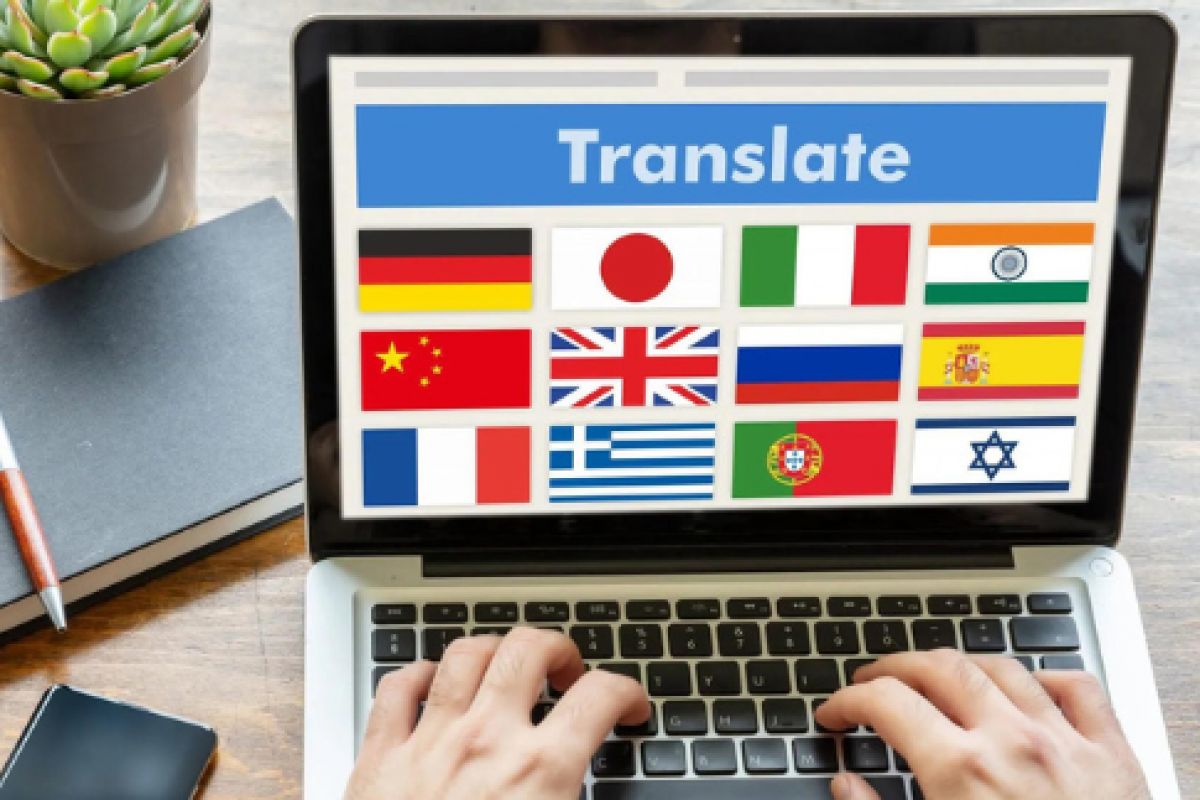Transcreation: An Essential Tool for Global Business Expansion
Expanding a business into international markets can be an exciting possibility, but it also presents significant challenges. One of the most important factors to consider when addressing a new audience is ensuring that your message is properly understood by your target audience. This is where transcreation comes in.
Transcreation goes beyond direct translation or localization of text. It involves adapting a creative work into another language or culture, with an emphasis on capturing the desired persuasive or emotive effect of the original message and transferring it into the adapted translation. Transcreation is a crucial tool for ensuring that your message resonates with your target audience in a meaningful way.
-
Understand the context and purpose of the original message.
-
Perform a cultural analysis of the target audience.
-
Creatively adapt the message to resonate with the target culture.
-
Revise and adjust the adaptation for accuracy and impact.
-
Test and obtain feedback from the target audience.
-
Follow up and optimize the adapted message.
It is essential to rely on qualified transcreation professionals or experienced translation agencies for effective results.
For some content, translation is not enough
In today's globalized world, continuity of meaning and message are critical, even in search engine optimization. Brands that ignore the importance of transcription do so at their own peril. Simply translating national campaigns into international marketing is not enough. Instead, organizations must address each country or region individually, using transcreation to adapt their messages to the cultural specificities of their target audience.
Take cultural differences into account
It is important to take into account that even if most people in your target country speak the same language as another region where your company has already been successful, using the same campaign may backfire. Cultures vary greatly from place to place, so it is important to culturally adapt your brand slogans and advertising content.
Avoid informal language and slang
Avoiding informality and slang is also crucial. These cultural expressions do not always translate literally and can lead to confusion or even unintentional offenses. On the other hand, companies should also be careful not to unintentionally use slang terms in their messages, which could damage their brand image or reputation.
Work with professional LSPs (language service providers)
Finally, it is important to use a professional and reputable LSP. Launching a brand abroad is a complex and potentially very expensive process. Don't risk your chances of international success by not being prepared. By working with an LSP who understands the cultural and linguistic specificities within your target region, you can ensure that your message resonates with your target audience and that your brand image remains intact.
To conclude, translation is the process of maintaining the integrity of the original text while transferring the meaning of a text from one language to another. To translate, it is necessary to have a clear understanding of the context of the text and a thorough knowledge of the two idioms involved.
Transcreation, on the other hand, is a broader approach that involves the creative adaptation of content. In addition to transferring the information from the original text, transcribers have the freedom to use creative techniques, such as rewriting metaphors, playing word games, or incorporating relevant cultural references, in order to make the text more engaging and impactful for the specific target audience.
While translation focuses primarily on maintaining the integrity of the original text and transferring the necessary information, transcription goes beyond translation, trying to creatively alter the content to have the greatest impact and cultural relevance in the target language.




























